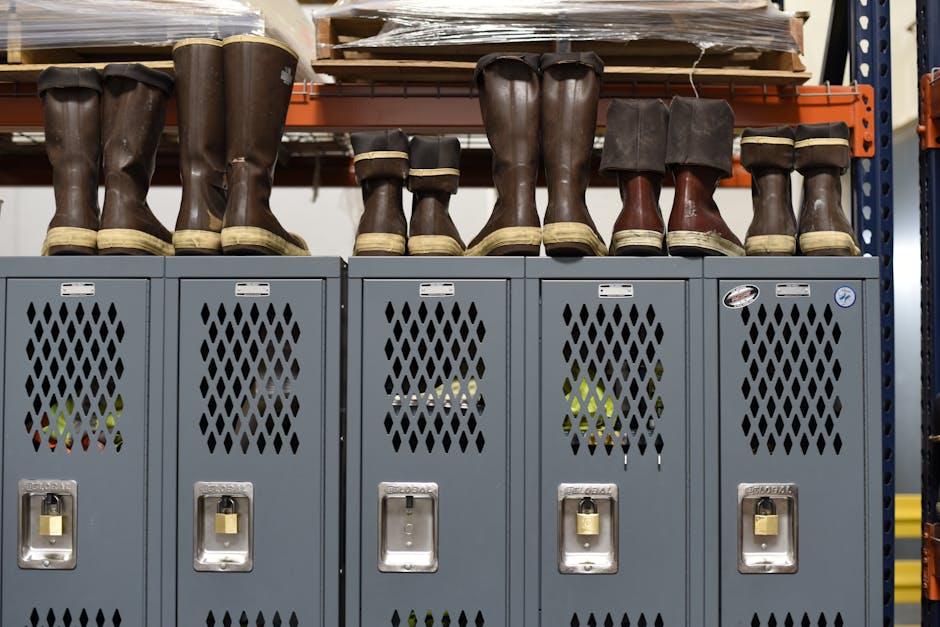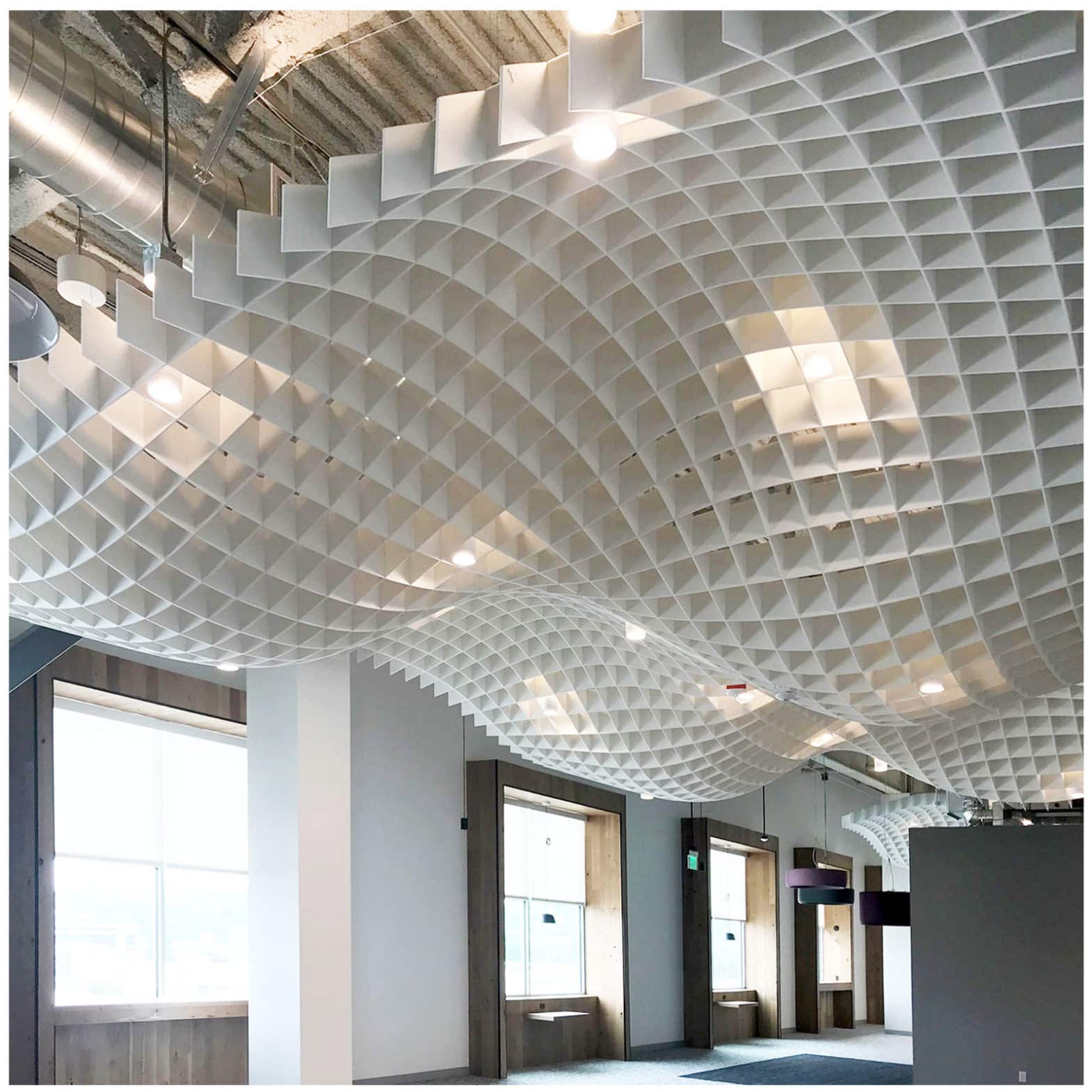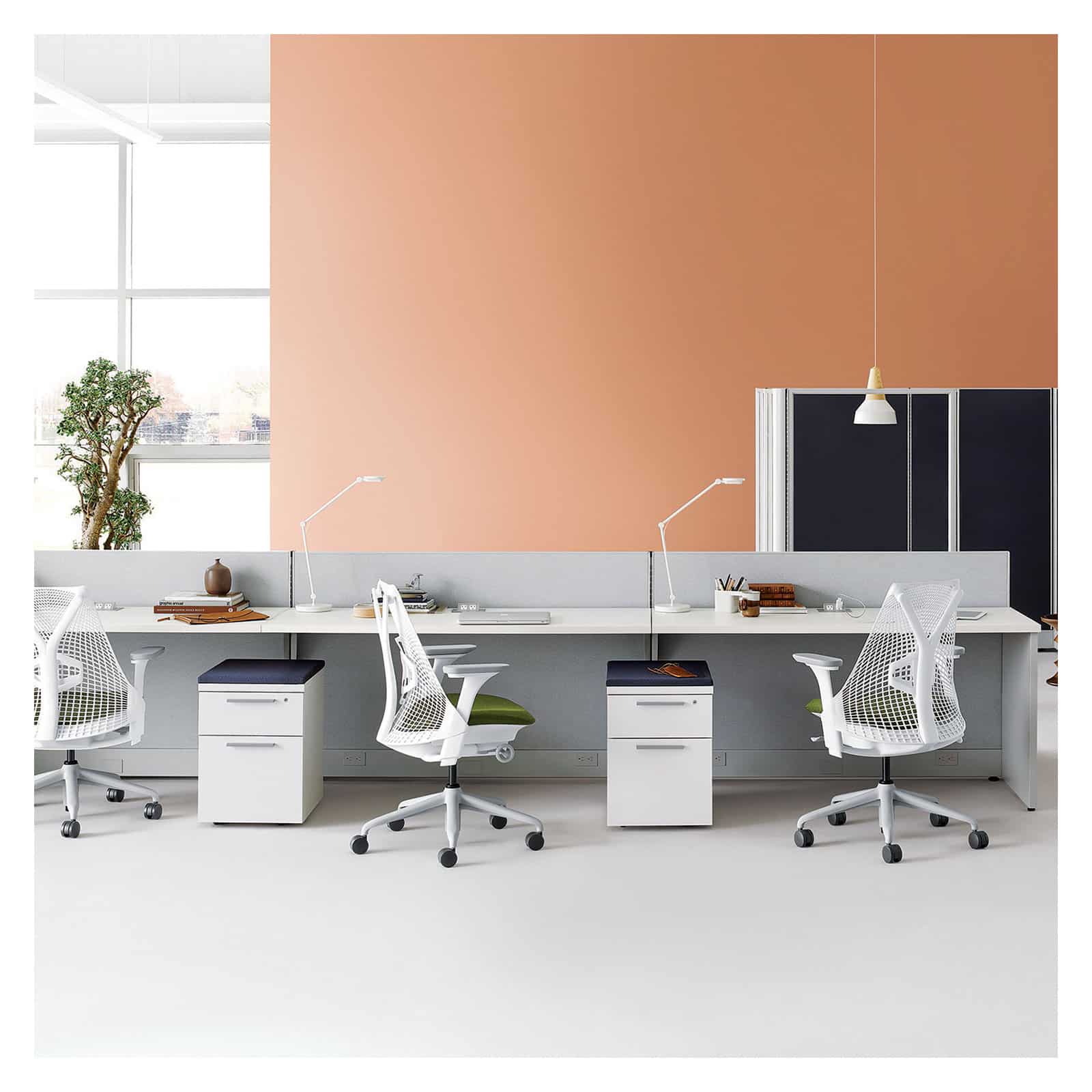Early History and Purpose of File Cabinets
The Evolution of File Cabinets is interesting, indeed. File cabinets were initially created to store and organize important documents. They were introduced in the late 1800s to help businesses manage paperwork efficiently. Before file cabinets, papers were often scattered, making it challenging to find specific documents. The early file cabinets were bulky and made of wood, with simple locking mechanisms to secure sensitive information. They revolutionized office spaces by providing a systematic way to store and retrieve documents, contributing to increased productivity and organization.
Functional Design Features of Traditional File Cabinets
Traditional file cabinets are typically designed with features that prioritize functionality over style. These cabinets often consist of metal or wood materials for durability and longevity. The drawers are equipped with handles or knobs for easy opening and closing. Some cabinets have built-in locks to secure sensitive documents. Label holders on the front of drawers help with organization and quick identification of contents. Another common feature includes reinforced corners for stability and stacking capability.
Transition to Modern Styles
Modern file cabinets have transformed from purely functional storage units to stylish pieces of furniture. Manufacturers now offer a wide range of contemporary designs that blend form and function seamlessly. Features like sleek metal finishes, minimalist handles, and vibrant color options have replaced the traditional bulky and dull designs. Additionally, modern file cabinets prioritize mobility and versatility. Options like rolling wheels and adjustable shelving offer convenient usage in various spaces. This transition caters to individuals seeking both organization and aesthetic appeal in their home or office settings.
Factors Influencing the Evolution of File Cabinets
The evolution of file cabinets has been influenced by several factors. There’s the need for better organization and space efficiency in homes and offices. Advancements in technology lead to digital storage solutions. The desire for aesthetically pleasing cabinets that blends style with functionality also played a factor. Manufacturers have responded to these influences by creating file cabinets that are not only practical but also stylish, incorporating features such as sleek designs, vibrant colors, and innovative materials. The changing demands of consumers and the evolving trends in interior design have played a significant role in shaping the transformation of file cabinets from traditional storage units to modern decorative pieces.
Incorporating Aesthetics Into File Cabinet Design
In today’s world, file cabinets are not just about storage; they also add a touch of style to your workspace. Many modern file cabinets are designed with aesthetics in mind, featuring sleek lines, modern finishes, and vibrant colors to complement various office decors. By incorporating aesthetics into file cabinet design, manufacturers are making them more than just functional pieces of furniture; they are now considered stylish additions to any office or home office setting.
Innovative Materials and Construction Techniques
File cabinets have come a long way from being just functional storage units to stylish pieces of furniture. Innovative materials such as recycled plastics, metals, and sustainable wood are now being used to create file cabinets that are not only durable but also eco-friendly. Advanced construction techniques like seamless welding and precision engineering have made modern file cabinets more sleek and sturdy. Manufacturers are focusing on creating designs that are not only practical but also aesthetically pleasing, blending seamlessly with various office decor styles.
Multi-Purpose Solutions
File cabinets have evolved from simple storage solutions to versatile pieces of furniture that offer both functionality and style. Nowadays, file cabinets come in various designs and materials, making them suitable for different purposes. Some multi-purpose file cabinet solutions feature built-in shelves, drawers, and lockable compartments, allowing you to organize not just files but also office supplies and personal items efficiently. Additionally, file cabinets with sleek finishes and modern designs can seamlessly blend in with your home decor, adding a touch of style to your workspace.
Customization Options For Personalized Style
Customizing file cabinets allows you to add a personal touch to your workspace. You can choose from various options like different colors, finishes, and hardware to match your office decor or express your style. Some cabinets even offer customizable dimensions to fit specific spaces. Consider your needs and preferences when selecting your customization options to create a functional and stylish storage solution for your workspace.
Sustainability and Eco-Friendly File Cabinet Choices
Eco-friendly file cabinets are a sustainable choice because they are made from materials that are better for the environment. Bamboo, reclaimed wood, and recycled steel are common materials used in eco-friendly file cabinets. These materials are renewable, reduce waste, and have a lower impact on the environment compared to traditional file cabinet materials. When choosing a file cabinet, opting for an eco-friendly option can help you reduce your carbon footprint and contribute to a greener future.
Future Trends In File Cabinet Design
Some future trends in file cabinet design include the integration of digital features like smart locks and sensors for security and organization. Manufacturers, like Hon Industries (visit their website here) are also focusing on creating file cabinets that are more visually appealing, with sleek designs and various color options to match modern office aesthetics. Additionally, there is a growing emphasis on sustainability, with companies, like Trader Boys, using eco-friendly materials and production processes for their file cabinets.





